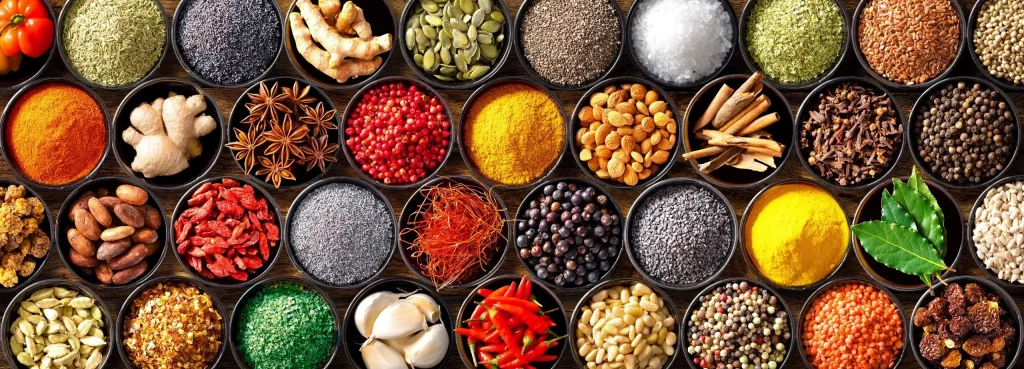Tea, the simple infusion of leaves in water, is a beverage that transcends cultures and continents. Each cup tells a story of tradition, taste, and sometimes even ceremony. As the second most consumed beverage in the world after water, tea comes in an astonishing variety of forms, each with its unique cultural significance. Let’s explore the diverse world of tea and understand how this humble drink became a global phenomenon.
The Origins and Spread of Tea
Tea originated in China, with a history dating back thousands of years. According to legend, it was discovered by Emperor Shen Nong when leaves accidentally fell into boiling water. From China, tea spread to Japan, the rest of Asia, and eventually the world. The British popularized tea in the West, incorporating it into their daily routine and culture, while in countries like India, it became a staple part of life only after British colonization.
Types of Tea and Their Cultural Contexts
Green Tea: Predominantly consumed in East Asia, green tea is unoxidized and known for its delicate flavor and health benefits. In Japan, it’s central to the traditional tea ceremony, a ritual reflecting Zen Buddhist philosophies.
Black Tea: The most consumed type of tea in the West, black tea is fully oxidized, giving it a stronger flavor. In Britain, it’s a key element of ‘tea time’, a daily ritual, while in India, it’s the base for masala chai, a brew infused with spices and milk.
Oolong Tea: Partially oxidized, oolong tea is a specialty of China and Taiwan. Each region produces oolong with distinct flavors and aromas. It’s often associated with Gongfu tea ceremonies, emphasizing the art of tea preparation and serving.
White Tea: The least processed of all teas, white tea is appreciated for its subtlety and elegance, particularly in China. It’s often consumed for its purported medicinal properties.
Pu-erh Tea: A fermented tea from China’s Yunnan province, Pu-erh is aged and can be stored for years, improving with time. It holds a special place in Chinese culture, often being served during special occasions and celebrations.
Herbal Teas: Not true teas in the strict sense as they don’t come from the Camellia sinensis plant, herbal teas like chamomile, peppermint, and rooibos have their own cultural significances in various parts of the world, often linked to local medicinal practices.
The Cultural Significance of Tea
In many cultures, tea is more than just a beverage; it’s a ritual, an art, a moment of tranquility, or a reason for gathering. In countries like China and Japan, tea ceremonies are infused with philosophical and spiritual meaning, reflecting a deep respect for nature and mindfulness. In the UK, the tea culture reflects social customs and the importance of taking a break in the day to relax and socialize.
Conclusion
The world of tea is as rich and diverse as the cultures it comes from. From the green tea gardens of Japan to the black tea plantations of India and beyond, each type of tea tells a unique story of the people and places it comes from. As we enjoy our next cup of tea, let’s appreciate the rich cultural tapestry it represents, a testament to the unifying power of this simple yet extraordinary beverage. ☕🌿🌍🍵🎎🌱🥗🍃🧘♂️🌏🫖🍂


